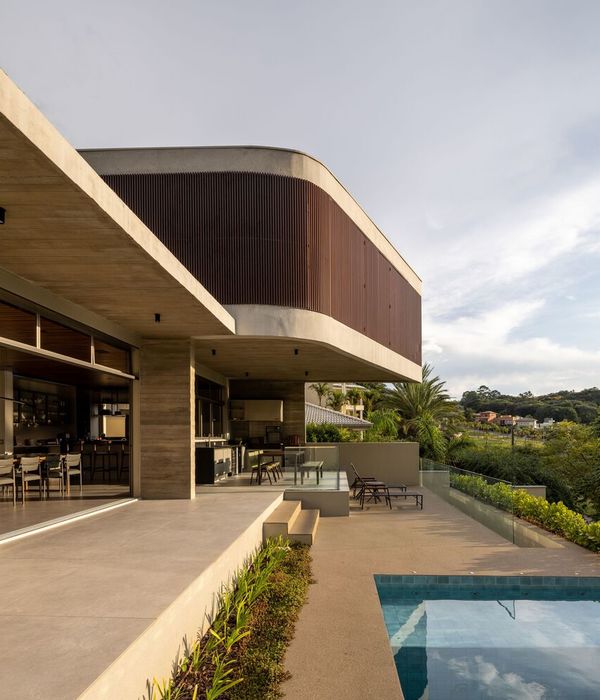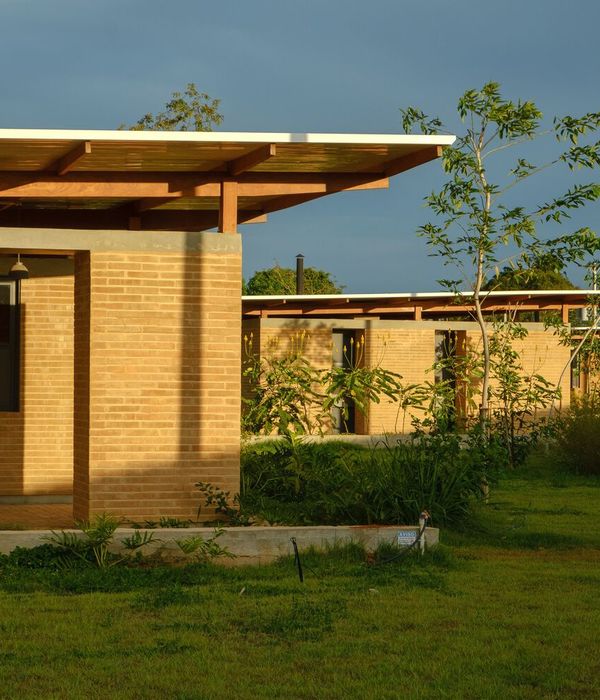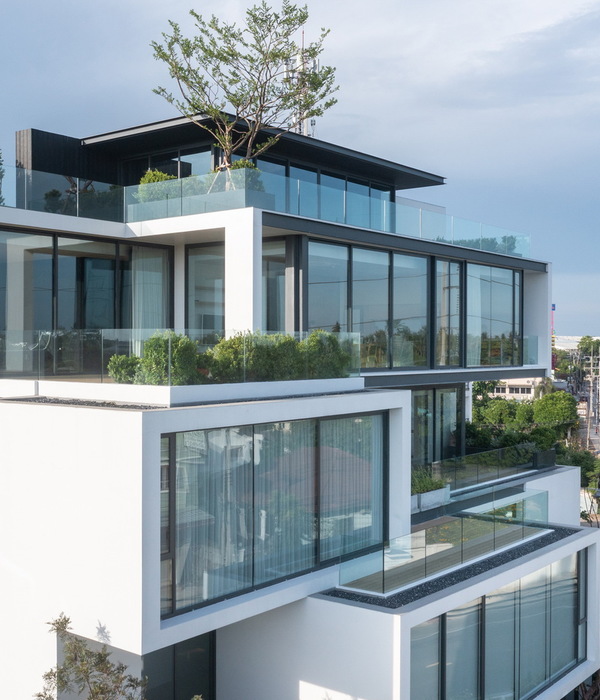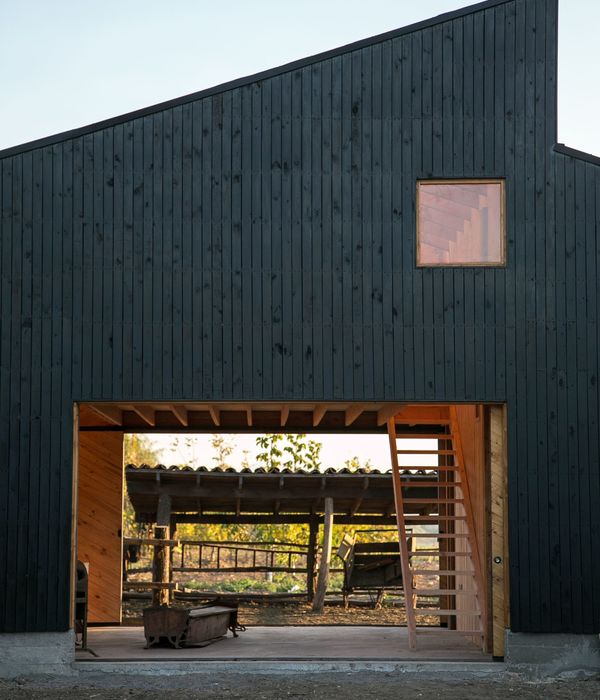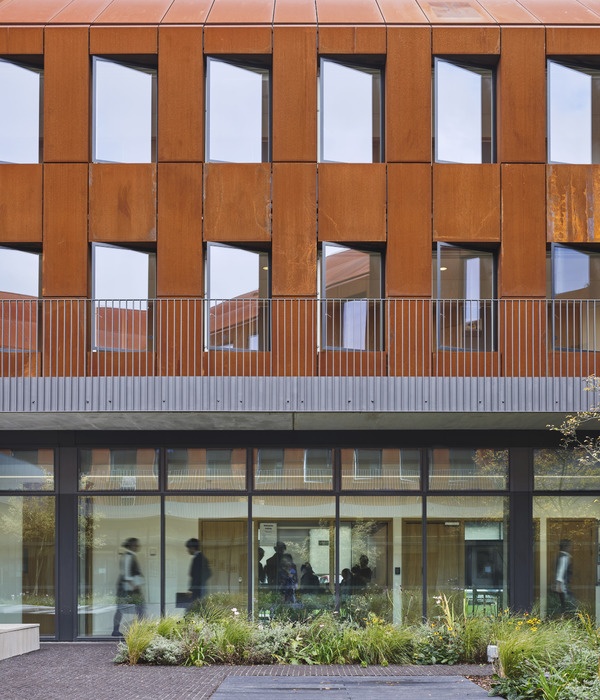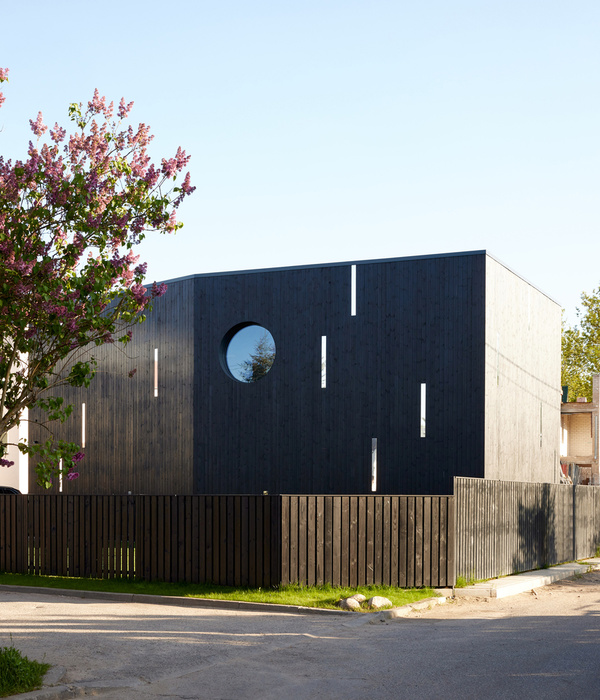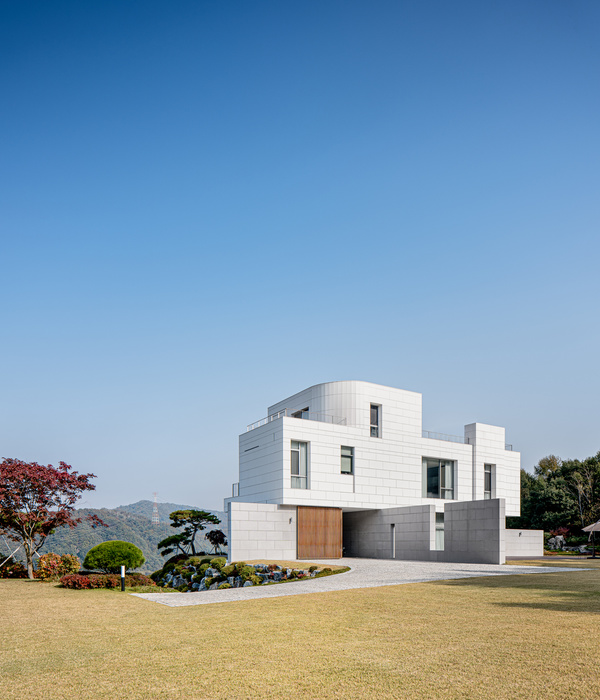This is an urbanization and social housing project at Jardim Vicentina, on the outskirts of the city of Osasco, greater São Paulo. This project was part of the Brazil Pavilion at the 2014 Venice Biennale. With an intervention area of approximately 95 thousand m², it was partially urbanized with a large part of it located at a thalweg. The existing situation was precarious, being composed by one or two-storey wood or masonry self-built houses placed in an area subject to landslides, floods and contamination.
The project proposed to remove and relocate those living in the most critical areas along the river and to implement three different typologies, grouped in a line along the channeled stream, defining two new urban fronts, one on each side of a proposed services road axis. All units have two bedrooms with an average area of 50 m². Construction was done in exposed ceramic block in order to have a better thermo-acoustic performance and a low maintenance facade.
The project established a continuity to the existing urban structure, generating new urban conditions by creating a new spatial reference and a recognizable road element, defined by new urban borders. It values pedestrians by establishing a new public space scale by completely eliminating residual spaces.
{{item.text_origin}}


